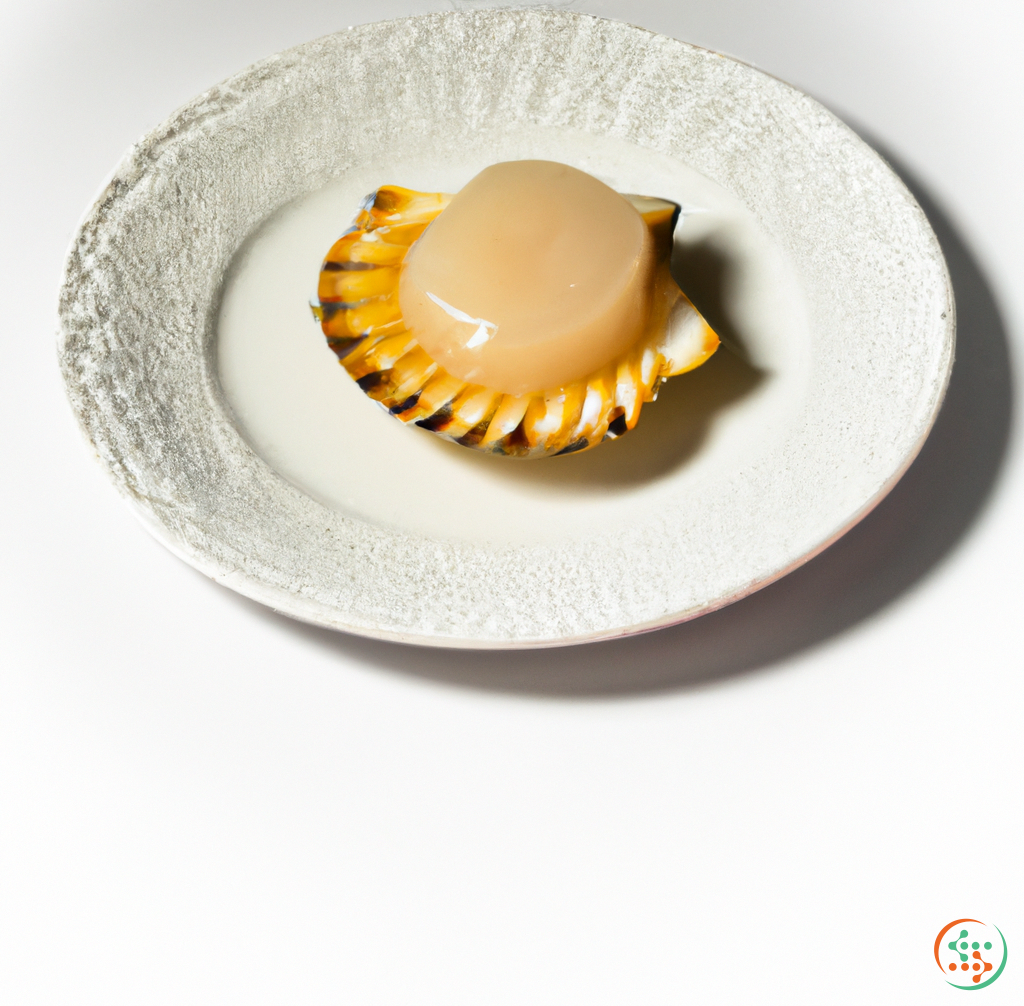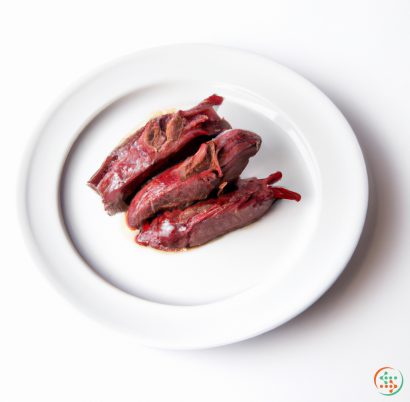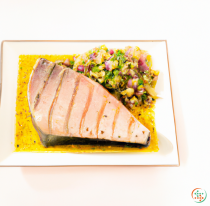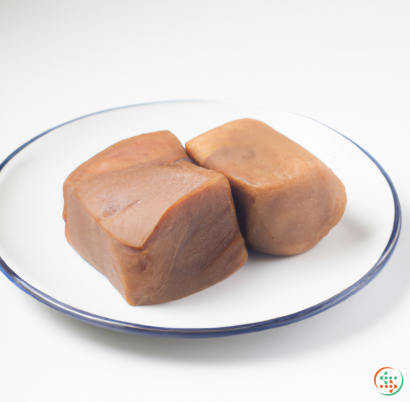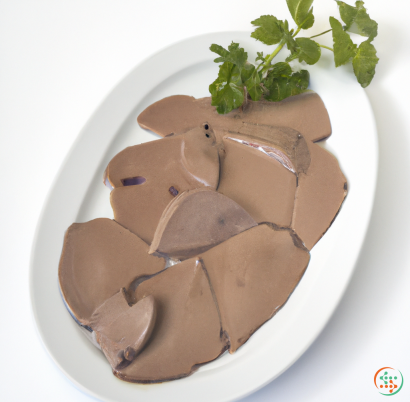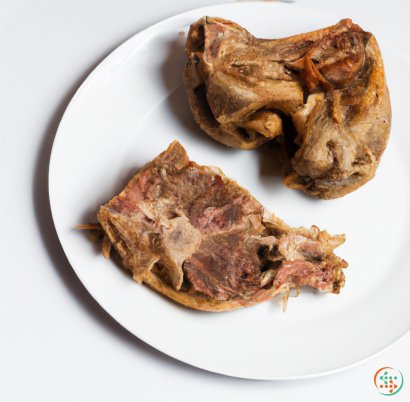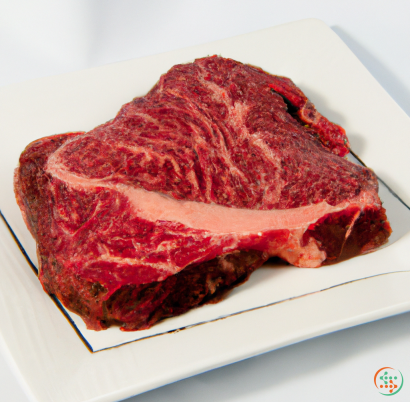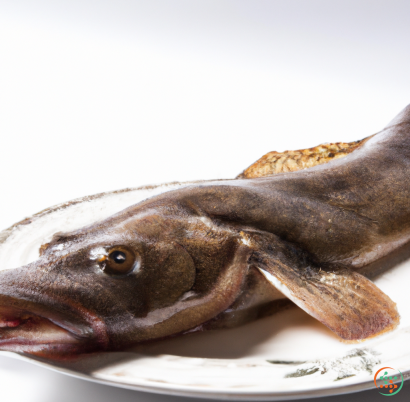Scallop
Scallops are a popular seafood item enjoyed nationwide, but not many people know the details behind these tasty little morsels. Let’s take a minute to learn the basics and discover why scallops are so popular and such a treasured item in the world of seafood.
What is a Scallop?
A scallop is a species of edible saltwater clam, also known as an anadara. Scallops come from several varieties of bivalve mollusks, whose shells are characterized by decorative circular ridges or “flutings”. Scallops can be found in the range of the western Atlantic ocean, the eastern Pacific ocean, and the Indian Ocean. The most popular species of scallop include the Atlantic sea scallop, bay scallop, and Calico scallop. The flesh of scallops is white and firm in texture; its flavor is likened to that of a shrimp.
The Differences Between Bay and Sea Scallops
The two most common types of scallops are bay scallops and sea scallops, although some other species are occasionally used.
Bay scallops are much smaller in size than sea scallops—they measure just 1¼ inches (or 30 cm) compared to 3-5 inches (7-13 cm) for sea scallops. Bay scallops are also generally sweeter than sea scallops, and their texture is more delicate. Bay scallops are typically harvested in shallow coastal waters in areas with strong water currents, so they are usually found in the coastal areas of Northeastern US.
Sea scallops are much larger than bay scallops and are usually harvested from depths of up to 150 feet (or 46 meters). They tend to be milder in flavor and firmer in texture when compared to bay scallops. They are also richer in protein and contain more healthy omega-3 fatty acids than bay scallops.
Scallops in Cuisine
Scallops are a versatile seafood that can be enjoyed in many different preparations. They are used in a variety of dishes, both hot and cold, and can be baked, sautéed, grilled, fried, and even served raw. The possibilities are endless!
Scallops can be served on their own as an appetizer, in a risotto, or even in a pasta dish. They can also be added to salads, soups, and chowders. In Japan, scallops are commonly served in sushi and sashimi, while in Greece they are often served boiled in a tomato and basil sauce.
Health Benefits of Eating Scallops
Scallops are a very healthy and nutritious seafood choice, packed with essential vitamins, minerals and healthy fatty acids.
Scallops are an excellent source of protein, containing up to 12g per serving, which is important for muscle growth, tissue repair, and cell growth and maintenance. They are also an excellent source of phosphorus, selenium and omega-3 fatty acids. These omega-3 fatty acids are key for heart health and may reduce the risk of heart disease.
Scallops are low in fat and contain high levels of vitamin B-12 and some other B vitamins, as well as zinc and magnesium. These vitamins, minerals, and fatty acids make scallops not only a healthy, delicious seafood option, but a nutrient-rich one as well.
Scallops are a popular seafood choice for a reason—they are delicious, nutrient-rich, and easy to prepare. Whether you’re enjoying them grilled, baked, seared, battered, or raw, scallops are sure to please everyone at the table.
Scallops are one of the most popular bivalves in the seafood industry. Every day, restaurants and markets alike list scallops in features and daily specials. But how does a scallop actually travel from the sea floor to a dinner plate? In this blog post, we’re exploring the journey of the scallop from ocean bed to dinner plate.
Scallop Biology
All scallops belong to the Mollusca family, with many species living in tropical, temperate, and cold water habitats around the world. Some of the most recognizable scallops include the bay scallop, sea scallop, calico scallop and giant scallop. Scallops are unique in that they are among the few species of shellfish that can “swim”. Their flapping swimming behavior, called “clapping”, propels them through the water.
Scallops are filter feeders, primarily consuming plankton. They use two sensory organs called statocysts, which look like small eyes, to detect movement in the water, as well as detect predators. They also use their large, fan-like “foot” to dig and search for food. As filter feeders, they don’t have jaws, but use the inside of their shells to filter the plankton from the water.
In addition to consuming plankton, scallops also require a clean and healthy environment in order to reproduce. They are hermaphroditic, meaning they can reproduce by either releasing milt or eggs into the water. The eggs become fertilized by the presence of milt from other scallops, which also contain microscopic planula larvae. The larvae enter the planktonic phase in which they cannibalize each other and drift freely in the water column for about a month, before settling into the ocean floor on a hard substrate. It is at this stage that the scallop begins to form its iconic bivalve shell and the larvae become an adult scallop.
Scallop Harvesting and Processing
In order to harvest scallops, various methods are employed depending on the size and abundance of the species. For species and areas with abundant scallops, divers often use rakes and dredges to harvest scallops on the ocean floor. In certain parts of the world, such as New Zealand, divers use scuba equipment and free-dive to handcatch scallops. In other parts of the world, such as the eastern United States, aquaculture operations are used to farm scallops. The most common form of aquaculture is “long line” farming, in which scallops are grown on strings or ropes.
Once the scallops are harvested, they are placed in insulated containers on ice and immediately transported to local processing and packing plants or shipped directly to retail stores. The scallops are sorted according to size and quality, and then shucked, or had their shells removed. After shucking, the scallops are graded and inspected for any shells, parasites, or foreign matter that could be health hazards. The scallops are then washed and inspected one more time before they are stored in a wet or dry condition, depending on the desired end product.
Scallop Distribution
After the scallops are processed, they may be shipped to markets, retailers, or wholesalers, depending on the type of scallop and its intended use. If the scallops are destined for restaurants or institutional buyers, such as hospitals and schools, they may be distributed by foodservice representatives. These representatives are responsible for delivering the scallops to the appropriate buyer and ensuring that they are handled and stored properly.
Alternatively, fresh or frozen, whole or shucked scallops may also be sold at retail stores, including grocery stores, superstores and specialty seafood markets. If the scallops are sold as fresh, they must be kept on ice before purchase. If the scallops are sold frozen, they are packaged in vacuum sealed bags and stored in freezers until purchase. From the store, scallops may be taken home and cooked immediately, or they may be kept fresh in a refrigerator or freezer until they are ready to be consumed.
Final Thoughts
Scallops are a beloved seafood option, with a wide variety of species found in all five oceans and many countries around the world. While growing and harvesting scallops require attention to detail and environmental responsibility, it’s incredible to think about the journey a scallop takes from the ocean floor to someone’s dinner plate. From seed to table, each scallop species brings its own flavor to the seafood industry, delighting the palates of seafood enthusiasts everywhere.
| Vitamin A | 0.002 mg | |
| Vitamin B1 | 0.01 mg | |
| Vitamin B2 | 0.02 mg | |
| Vitamin B3 | 0.00108 grams | |
| Vitamin B4 | 0.1107 grams | |
| Vitamin B5 | 0.37 mg | |
| Vitamin B6 | 0.11 mg | |
| Vitamin B9 | 0.02 mg | |
| Vitamin B12 | 0.00215 mg |
| Calcium | 0.01 grams |
Daily Value 1.3 g
|
| Iron | 0.58 mg |
Daily Value 0.018 g
|
| Magnesium | 0.037 grams |
Daily Value 0.4 g
|
| Phosphorus | 0.426 grams |
Daily Value 1.25 g
|
| Potassium | 0.314 grams |
Daily Value 4.7 g
|
| Sodium | 0.667 grams |
Daily Value 2.3 g
|
| Zinc | 0.00155 grams |
Daily Value 0.011 g
|
| Copper | 0.03 mg |
Daily Value 0.9 mg
|
| Manganese | 0.03 mg |
Daily Value 0.0023 g
|
| Selenium | 0.0217 mg |
Daily Value 0.055 mg
|
| Tryptophan | 0.173 grams | |
| Threonine | 0.629 grams | |
| Isoleucine | 0.692 grams | |
| Leucine | 1.226 grams | |
| Lysine | 1.258 grams | |
| Methionine | 0.487 grams | |
| Cystine | 0.204 grams | |
| Phenylalanine | 0.597 grams | |
| Tyrosine | 0.503 grams | |
| Valine | 0.645 grams | |
| Arginine | 1.101 grams | |
| Histidine | 0.314 grams | |
| Alanine | 0.912 grams | |
| Aspartic Acid | 1.572 grams | |
| Glutamic Acid | 2.39 grams | |
| Glycine | 1.761 grams | |
| Proline | 0.487 grams | |
| Serine | 0.613 grams |
| Total Sugars | 0 ug |
per 100g
|
| Myristic acid (14:0) | 0.01 grams |
|
| Palmitic acid (16:0) | 0.14 grams |
|
| Stearic acid (18:0) | 0.05 grams |
|
| Total Saturated fatty acids: | 0.2 g | |
| Oleic acid (18:1) | 0.05 grams |
|
| Palmitoleic acid (16:1) | 0.02 grams |
|
| Gadoleic acid (20:1) | 0.01 grams |
|
| Total Monounsaturated fatty acids: | 0.08 g | |
| Omega-3 Timnodonic acid (20:5) | 0.07 grams |
|
| Omega-3 Clupanodonic acid (22:5) | 0.01 grams |
|
| Linolenic acid (18:3) | 0.01 grams |
|
| Linoleic acid (18:2) | 0.01 grams |
|
| Total Polyunsaturated fatty acids: | 0.1 g | |
| Cholesterol | 0.04 grams |
|
| Total Sterols: | 0.04 g | |
